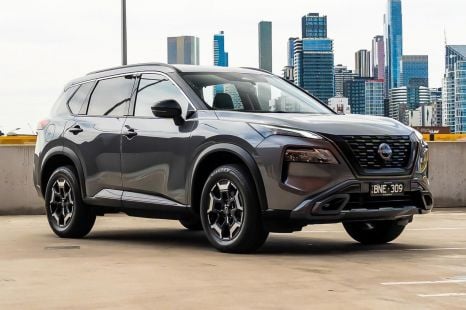

William Stopford
2026 Nissan X-Trail review
3 Hours Ago
We compare all of the key specifications, prices and features of the six top-selling city cars on sale. Is the new Toyota Yaris really so expensive in context?

Senior Contributor
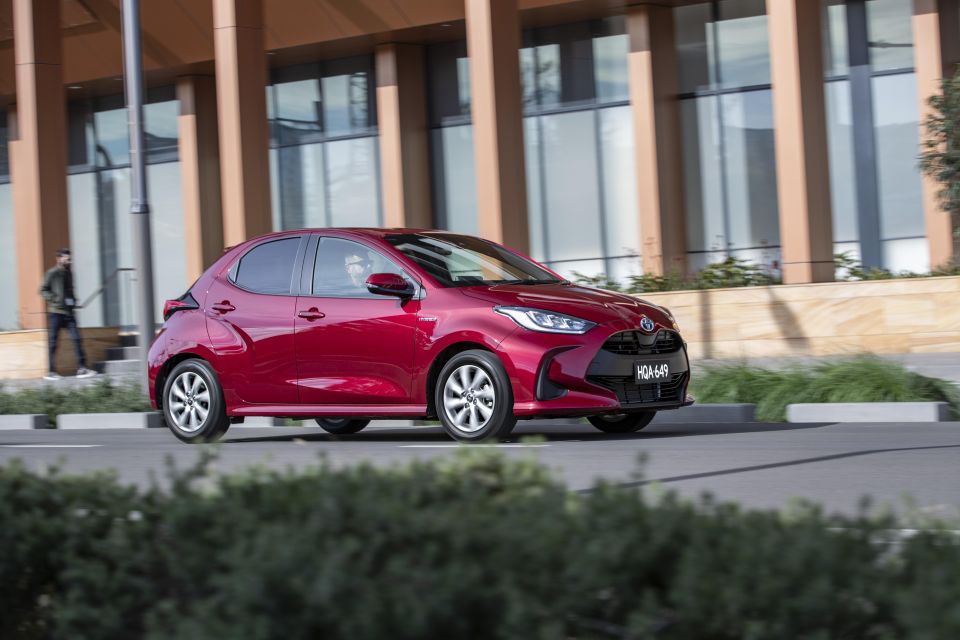

Senior Contributor
There was a bit of fanfare this week when Toyota announced pricing on its brand-new Yaris.
Where the outgoing model was priced from $15,990 drive-away, the most affordable new-generation Yaris starts at $22,310 before on-road costs. That’s not far from Corolla money.
However, this is not an unprecedented move for the market. Mazda also jacked up the pricing on its ‘2’ entry model, Hyundai axed its Accent altogether, Ford opted to sell only the sporty Fiesta ST and no other grades, and Renault won’t bother bringing the new Clio.

Many of these brands say it’s simply unprofitable to have done otherwise.
We wanted to compare and contrast the new Yaris to its main rivals, titled here in order of sales numbers highest to lowest (year-to-date 2020).
Given we’re currently unable to do comparison testing at scale due to COVID-19 restrictions, we thought a spec breakdown would tide everyone over. A proper Light Car comparison will happen as soon as possible.
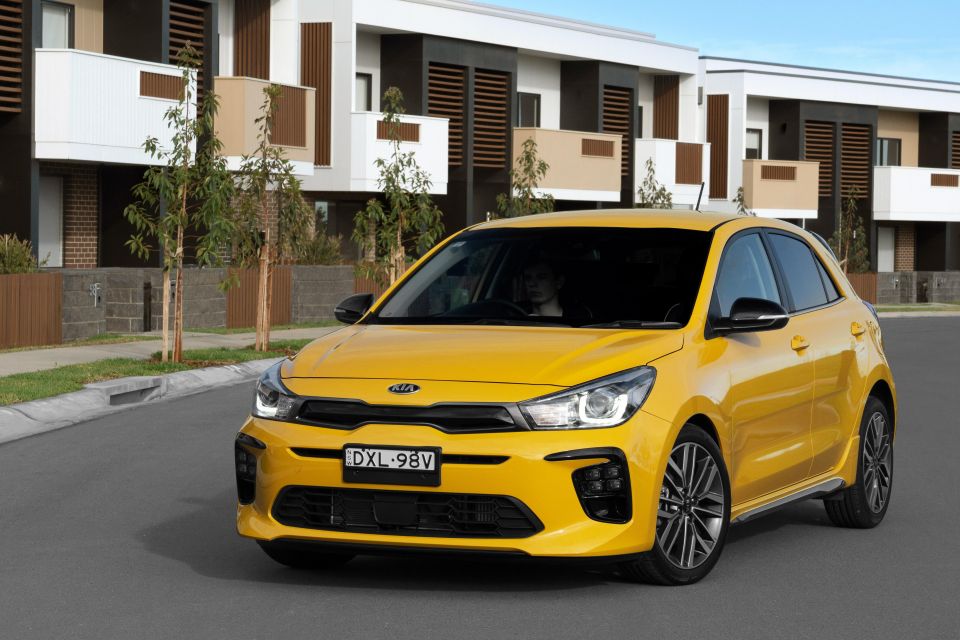

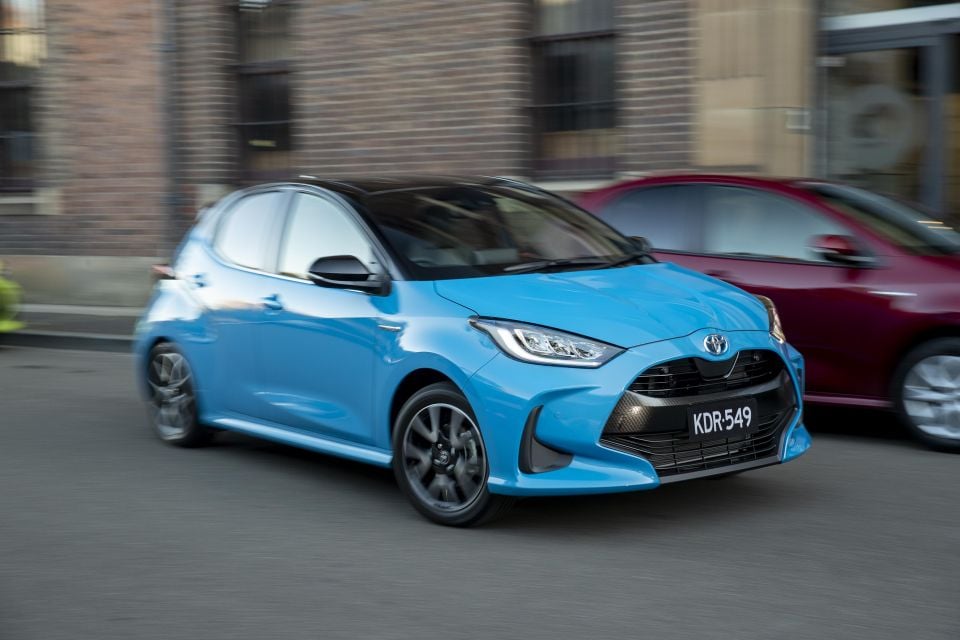
There are three Yaris variants on offer: the entry Ascent Sport, mid-range SX, and flagship ZR. The collection of tables in this breakdown hosts the SX and ZR with the regular petrol engine. A class-unique petrol-electric hybrid can be had for a further $2000 in both models, however.
The list price for the Yaris SX is $27,020 before on-road costs ($31,006 drive-away) and the ZR costs $30,100 ($34,212 drive-away). The best competitors at these price points are top-of-the-range variants, that aren’t dedicated hot hatches – meaning the Suzuki Swift Sport and Volkswagen Polo GTI.
In order of price there’s the Mazda 2 GT ($25,990 list, $27,485 drive-away), Volkswagen Polo 85TSI Style ($25,690 list, $27,490 drive-away), Kia Rio GT-Line ($23,990 list and drive-away), Suzuki Swift GLX Turbo ($22,990 list, $23,990 drive-away), and MG 3 Excite ($18,690 list and drive-away).
This means the list price for the range-topping Yaris ZR is $4110 greater than its next most expensive rival, and even the mid-range SX costs more than the flagship version of any key competitor.
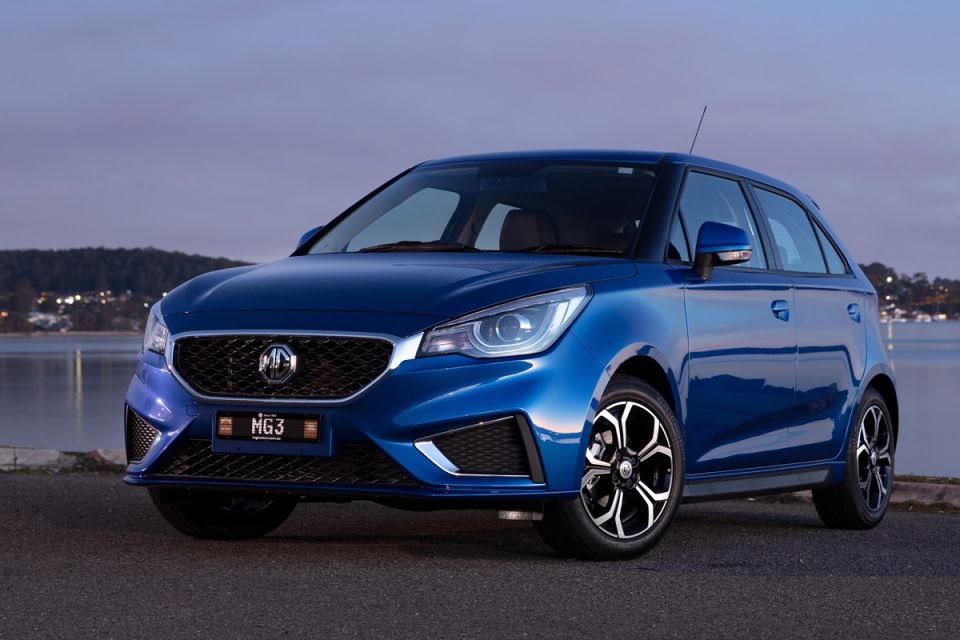

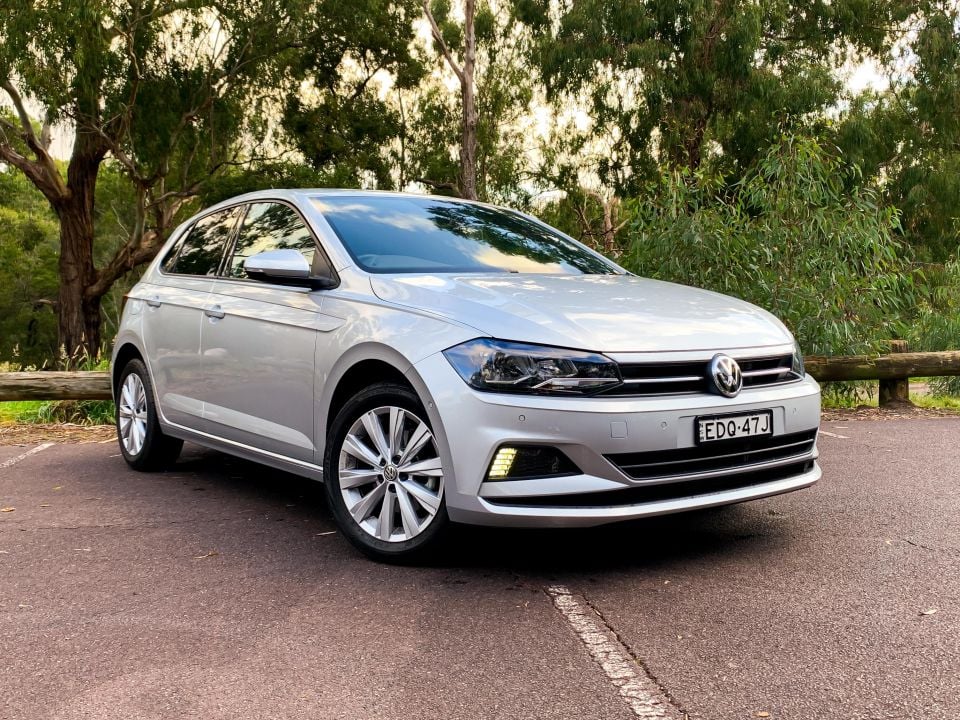
As we mentioned, the Yaris comes with a hybrid option that cuts fuel use to a remarkable 3.3L/100km, in return for a $2000 impost at purchase time. But we’ve gone for the conventional engine here.
It’s a 1.5-litre three-cylinder aspirated unit making the most power of all its rivals (88kW), but its peak torque figure of 145Nm is the second-lowest in the class.
It compares as follows:
It’s important to note here the turbocharged engines in the Kia, Suzuki, and Volkswagen produce greater amounts of torque, or pulling power, and do so from lower engine speeds (rpm), meaning they’re typically more responsive and more refined when under heavy acceleration.
The Yaris also claims the best fuel economy, at 4.9 litres per 100km. This compares to 5.0L/100km for the Polo, 5.1L/100km for the Swift, 5.3L/00km for the Mazda 2, 5.7L/100km for the Rio, and 6.7L/100km for the MG 3. Note, the MG, Suzuki and Volkswagen are all recommended to run on 95 RON premium fuel.
In terms of transmissions, manuals are few and far between these days. None of these grades get a manual option, though base models do. The MG has a four-speed automatic, the Suzuki and Mazda six-speed automatics, the Volkswagen and Kia seven-speed dual-clutch autos, and the Yaris a CVT.
You can view the comparative dimensions of each in the table below.
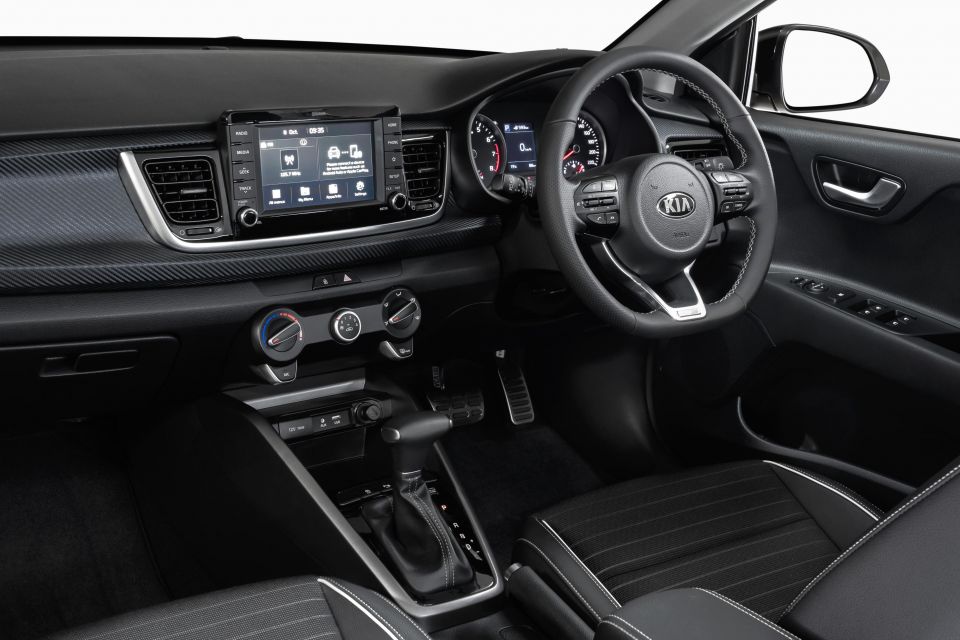
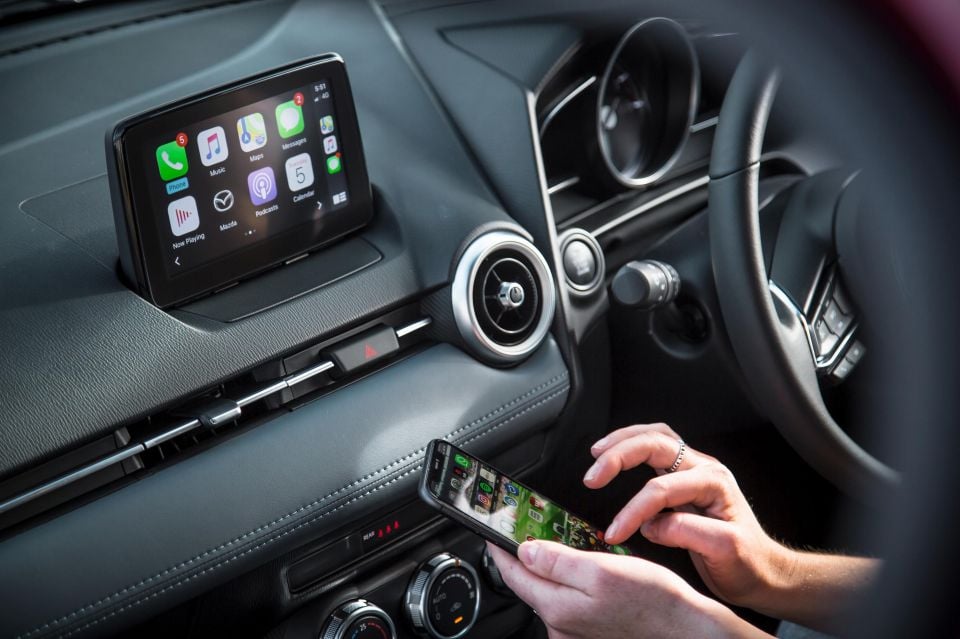
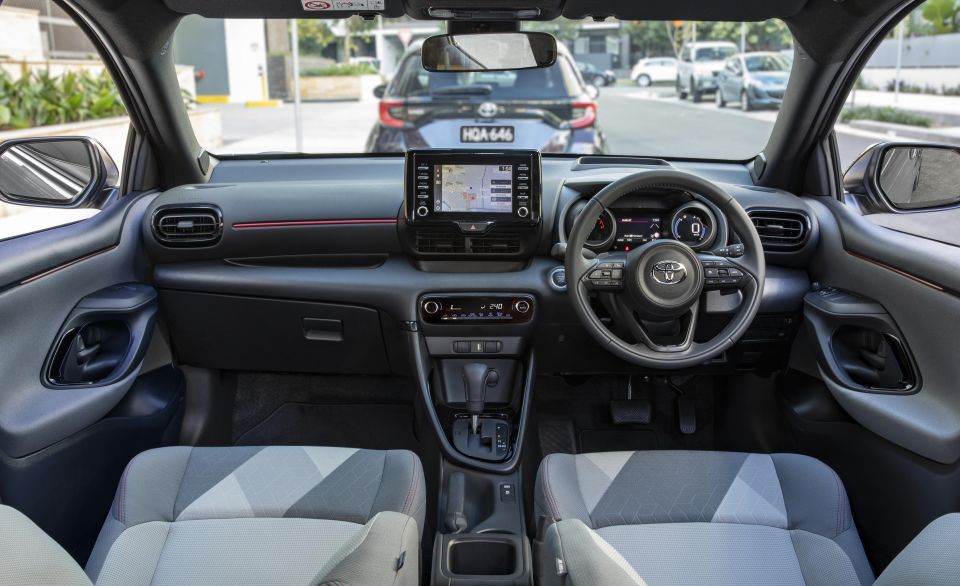
We’ve selected a handful of features that are typically considered important to buyers. The table below gives you a better look, but in short all models here feature:
Centre touchscreens, a reversing camera, Apple CarPlay phone mirroring, Bluetooth/USB connectivity, climate-control air-conditioning, and alloy wheels.
The Yaris gets extra features as standard above this list such as LED headlights, a proximity key fob, digital radio, and (in the ZR only) a projecting head-up display. But none of these are unique to the competitor set.
You also get LED headlights and a proximity key fob on the Swift and Mazda 2, while the Mazda also offers digital radio and a head-up display. The Mazda also comes with leather-trimmed seats rather than fabric.
So while the Yaris is well-specified, its list of comfort features are not unprecedented.
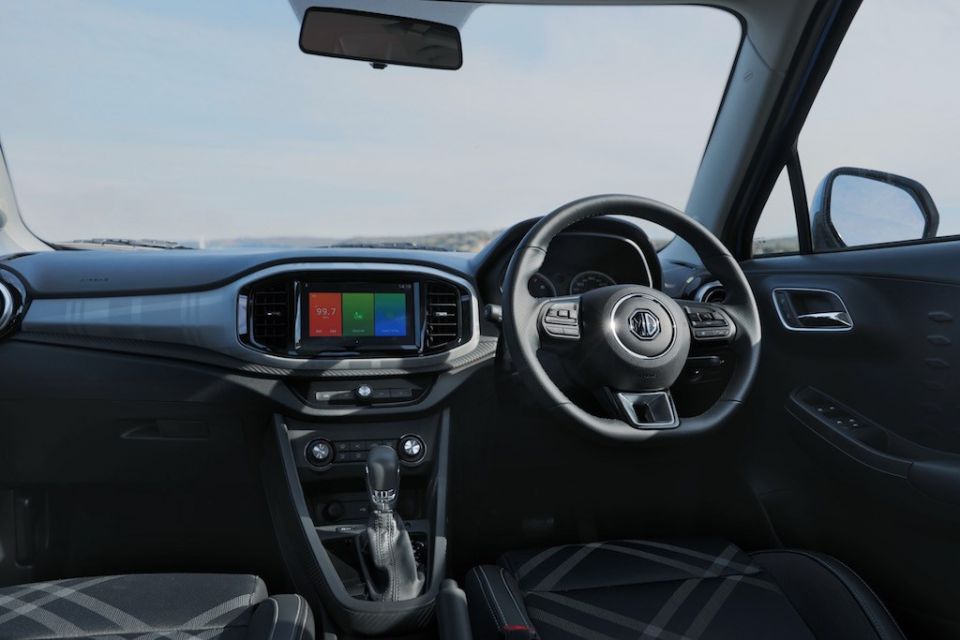

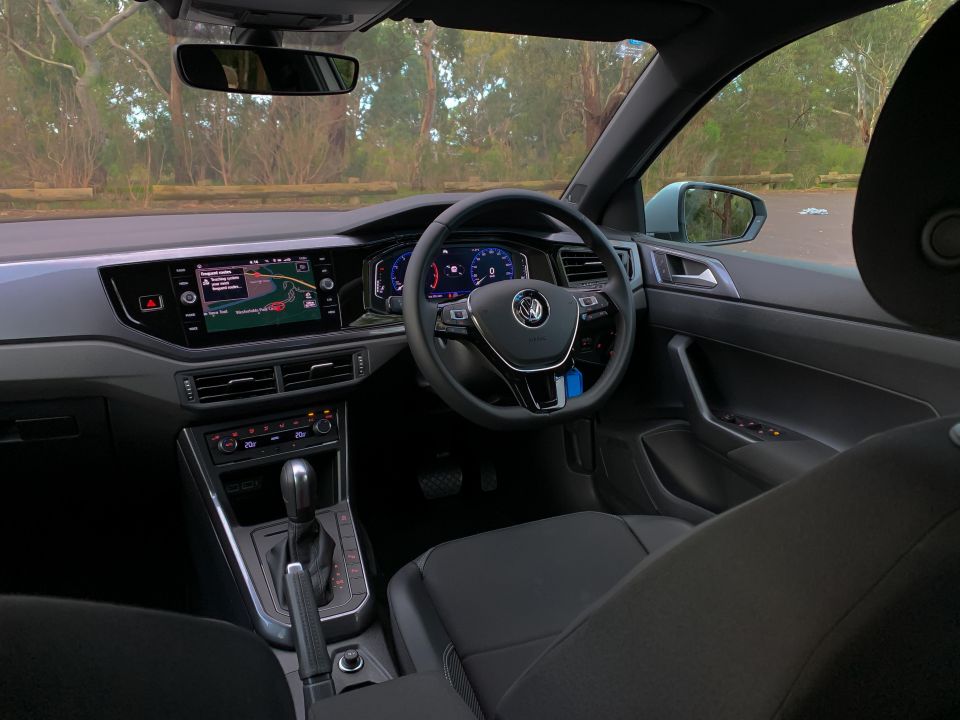
Every car here gets at least six airbags, and the requisite electronic stability control system.
The MG taps out here with no further active safety features. But every other entrant has an autonomous emergency braking system that can detect a car ahead and brake the vehicle itself if necessary.
However, not all AEB systems are created equal. The Toyota’s works at higher speeds, at night, and can sense pedestrians and cycles. More common to the class are ‘City’ systems designed to prevent urban bingles.
The Toyota also comes with active speed-matching cruise control (ditto the Swift, Polo as an option, and Mazda), lane-departure warning (ditto the Rio, Swift and Mazda), lane-keeping aid with steering assist (ditto the Swift and Mazda), and alone gets a Traffic Sign Recognition camera. The Mazda alone gets a 360 parking camera.
The Yaris ZR also gets a blind-spot monitor, as does the Volkswagen (optional) and Mazda. An updated Suzuki Swift II will get this feature soon, too.
The Toyota’s suite of active safety features is indeed impressive, but it’s certainly not the only light car around to get active safety features. However, the Yaris’s package appears to be the most impressive.
Crash tester ANCAP has previously given five stars (date stamp in brackets) to the: Volkswagen (2017), Suzuki (2017), Kia (2017), and Mazda (2014).
The Yaris is yet to be tested but is expected to achieve the maximum score against more stringent current ratings criteria. The MG hasn’t been tested and its lack of active safety features makes it ineligible for five stars in 2020.

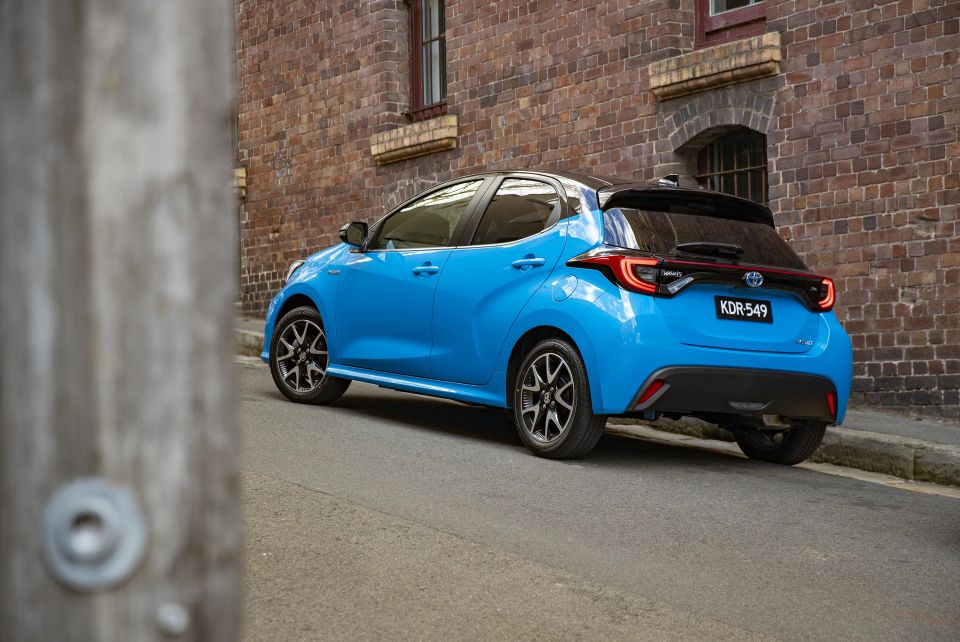
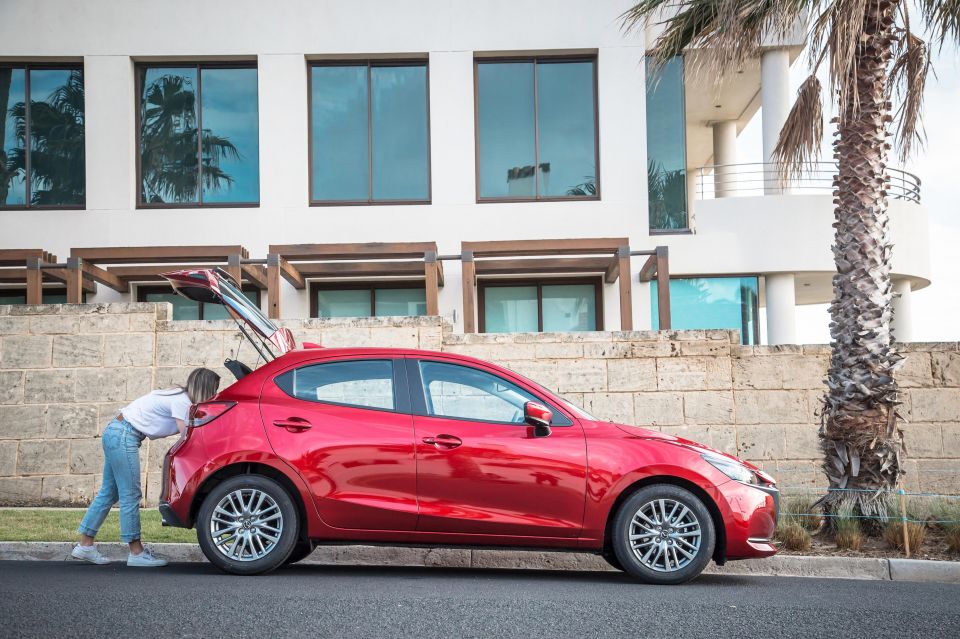
Toyota, Mazda, Suzuki and Volkswagen all offer five-year and unlimited kilometre warranties. Kia and MG instead offer seven-year and unlimited kilometre coverage.
At the time of writing, the capped-price service intervals and cost per visit (check with your dealer as these can change, and in some cases there are extra costs associated, though not in the case of Kia) looked like this:
Note that Volkswagen will sell you a five year Care Plan for $1800 that will save you $545 if you pay in one lump sum, making it one of the more reasonably-priced to service when its distance intervals are taken into account.
Naturally, upfront prices are not relevant to all and sundry. Toyota’s captive finance division offers decent rates and what it calls ‘guaranteed future value’, whereby the final payment or balloon is the car’s value at the end of the loan term, with conditions set. Mazda and VW have similar programs.
You personal interest rate is contingent on various factors. The rules of thumb are: the shorter your loan term the less interest you pay, a deposit cuts down your overall repayments, and compare various rates to find what’s best.
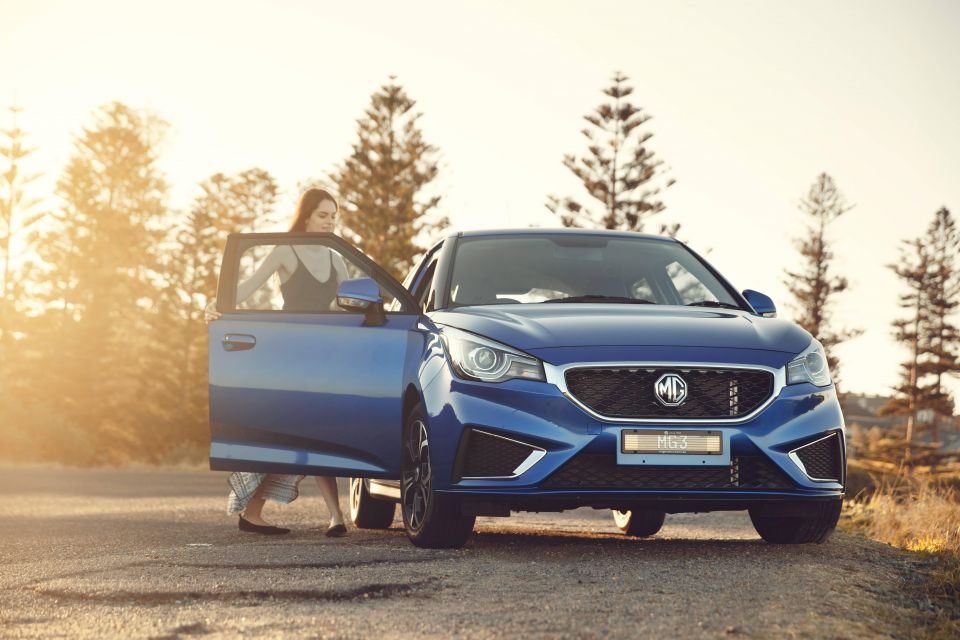

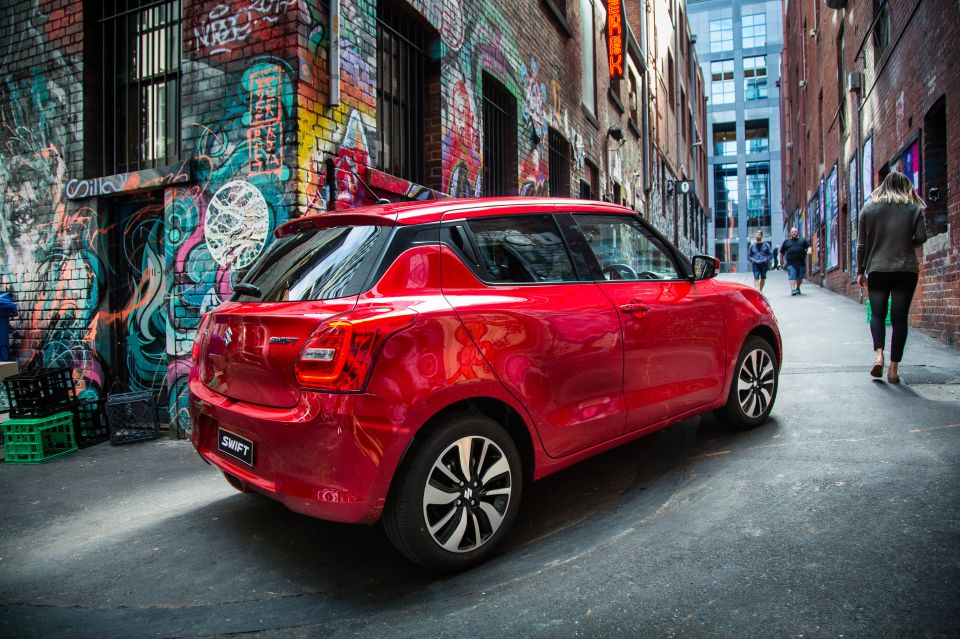
The Yaris has a list of active safety features, cabin amenities and bargain service costs ahead of immediate rivals, and its optional hybrid is a game-changer.
But on paper, it remains hard to justify its high pricing, when top-of-the-range versions of other top-sellers offer nearly as much – especially the Mazda 2 which in some ways is even better-specified. The Toyota’s engine output and fuel economy aren’t exactly outliers either.
So I’ll call it: the Yaris is too expensive.
Stay tuned for our first new Yaris reviews, coming soon.


William Stopford
3 Hours Ago
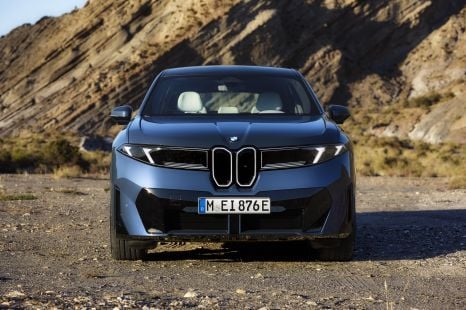

William Stopford
19 Hours Ago
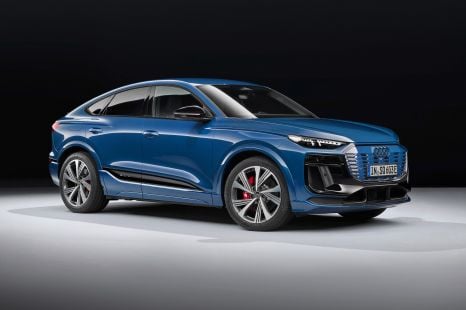

William Stopford
19 Hours Ago
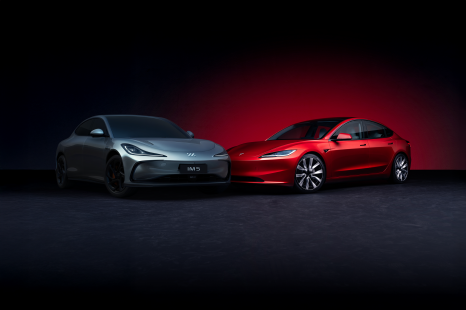

Andrew Maclean
20 Hours Ago


Derek Fung
20 Hours Ago
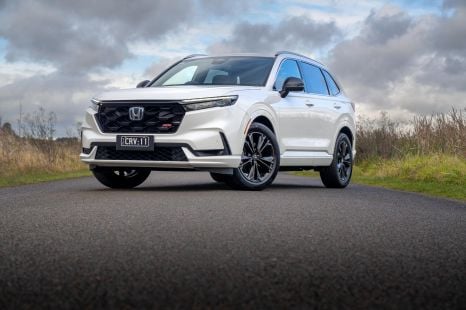

Andrew Maclean
20 Hours Ago